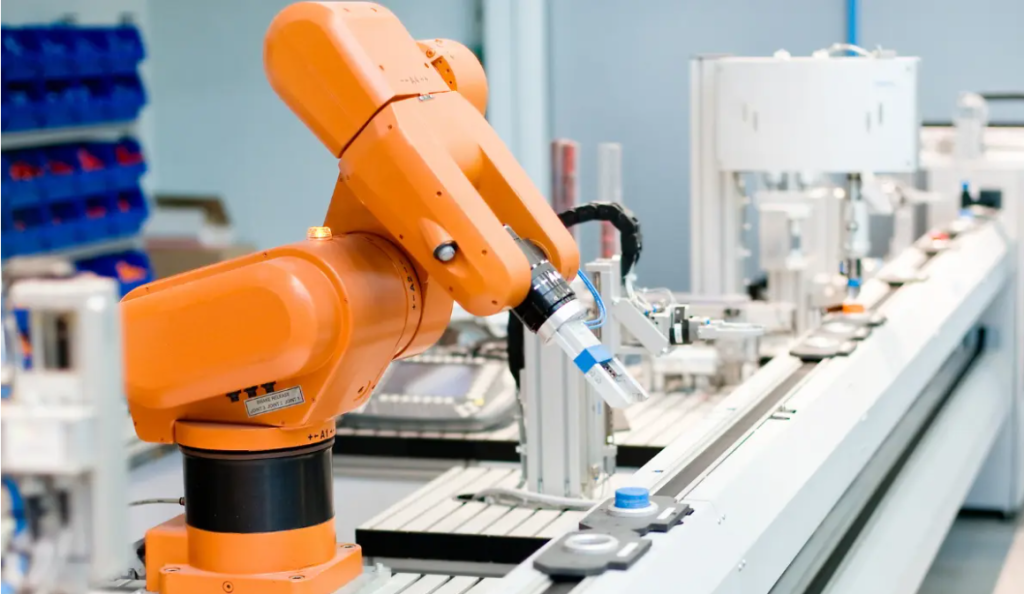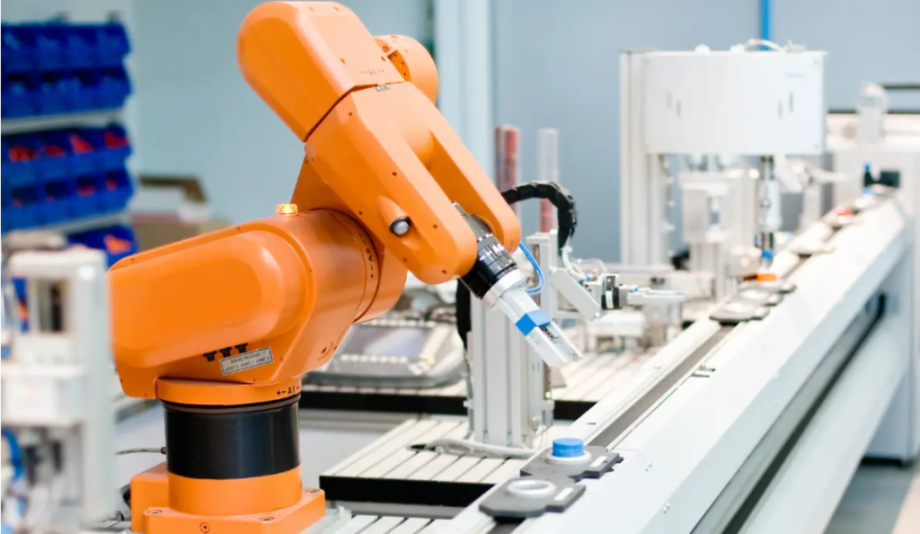In an ideal world, the first product a company launches would deliver everything they had envisioned. The device capability would satisfy all functional requirements, serve all target user groups and disrupt markets on the international stage. Unfortunately, the path to launch and beyond is rarely this straightforward for diagnostic start-ups. Instead, it is often a winding road with many unexpected deviations along the way, either due to technical difficulties, or simply insufficient funding to support the full device development.
In many cases, the first generation of a diagnostic product may have to be a partial realisation of its ultimate potential, representing a minimum viable product (MVP). The central aims of launching a Gen 1 device are to raise more capital, expedite revenue generation and demonstrate the market potential of disruptive technologies. It can also help to start gaining real world insights to feed into the next iteration – the Gen 2 device.
So how do you plan for a second-generation device, while working on the first version? The answer lies in the product roadmap.
What is required from a diagnostic product roadmap?
The roadmap for achieving a successful transition from Gen 1 to Gen 2 will vary with each product and will advance with its clinical, commercial and technological potential. Factoring in the regulatory, manufacturing and logistical constraints, it’s clear that there is not a ‘one-size-fits-all’ strategy. Instead, the key to successful and efficient progression is an awareness of the unique, product-specific set of implications that result from taking this approach.

A product roadmap should detail how a company plans not just to design and develop its product, but how to commercialise it. This is not merely a good idea, it is also a regulatory requirement, as per ISO 13485 section 7 and FDA 21 CFR Part 820.30, which require diagnostic developers to demonstrate that the process is planned, controlled and maintained throughout. The regulations call for the plan to include details of how the programme will be broken down into stages, what activities are planned during each stage, as well as the expected milestones and reviews. This should include details of the design controls, who is responsible for what aspects of the programme, the resource needs, goals, objectives and so on.
Beyond the requirements of the regulators, this roadmap can also be a powerful tool for the implementation of broader business strategies. The emphasis here is likely to be on commercial goals. What are the plans to get a viable product on the market? What is the definition of the Gen 1 device and what will be the added benefits of the Gen 2? What markets are going to be addressed at
each stage?
The product roadmap may look very different throughout its lifetime as well. It may need to be re-evaluated and adapted after a competitor enters the market, for example, or to tailor the programme to key stakeholder-driven milestones or funding constraints.
The preparation of these plans should be driven at the senior leadership level of the organisation, however, consultation with each of the relevant experts in the project team (regulatory, manufacturing, clinical, design, development, user/payer representatives and diagnostic programme management) is also needed to ensure the roadmap strategy is as efficient and effective as possible.
Three themes to consider in your diagnostic product roadmap
The following three themes represent the challenges many diagnostic start-ups face when transitioning from a Gen 1 to a Gen 2 device, which need to be considered when building a development strategy and product roadmap:
Evolving the use case
Evolving the use case of a medical device from Gen 1 to Gen 2 can expand access to the markets the product is trying to disrupt. Across the many challenges that arise in achieving this, two that are most likely to be prominent involve bridging the regulatory gap and adapting the device usability.
One scenario for a Gen 1 to Gen 2 iteration could be the transition from a research use only (RUO) device to a clinical device, making it the first version to face the regulatory rigour of the FDA, EMA or other diagnostic regulators. Alternatively, the user group of a Gen 1 device may be limited to healthcare professionals (HCPs) working in a point-of-care setting, while the Gen 2 device may be intended for use in the home setting by laypersons. This new group will bring new usability challenges with them that need to be addressed in the updated device design.
Understanding the impact of use case changes is the first step to managing them successfully. Consulting with regulatory experts as part of the roadmap definition will help to identify the key focus areas to streamline the Gen 2 transition. This could include guidance around how to ensure that large volumes of test data on core Gen 1 functions, such as assay performance, remain applicable to the Gen 2 submission pack.
Similarly, the difference in user needs between a researcher and clinician, or an HCP and layperson, can have far-reaching implications for the design of the medical device. Capturing how these user requirements will vary from the outset is a powerful mitigation tool. Developing an early understanding of the potential implications will support appropriate design decisions during development, ensuring the device is designed for the correct end-user in each generation.
Additional features and indications
Increasing the functionality of a Gen 2 device is an effective way of leveraging and expanding the market share of its Gen 1 predecessor. The new additions may have always featured in the ultimate product vision, but may not have been critical for the MVP or equally they may be derived from new market feedback.
The extent of the device changes can vary significantly, from the addition of new assays, to increased levels of automation or throughput, to architectural changes that transform the capability of the device. Managing and implementing the technical complexity that a new feature set will introduce will be one of the most challenging aspects of the device’s development.
In addition to finding the right technical expertise, the system architecture (a conceptual model of the device’s components and how they relate) can also be used as a tool to understand the difference between Gen 1 and Gen 2 and to identify the core, unchanging technology that will remain in the design. The benefit here is that resource can then be freed up to focus on the parts that will require modification.
Finally, the requirements of a successful Gen 2 development will likely be well-grounded in the Gen 1 foundations. However, revisiting and challenging the requirements is still a highly valuable exercise to undertake. The real-world data and lessons from Gen 1 can be used to refine, prioritise (and possibly remove) functional requirements, which presents a fantastic opportunity to optimise the device in an evidence-based manner.
Scaling up and future proofing
Scaling up the manufacture of a Gen 2 device is an inherent and commercially critical part of its roadmap. Scale-up might include increases to manufacturing volumes, multinational distribution and more diverse supply chains, all of which will present benefits and challenges that are not always seen during the small-batch phase.
The advantages of industrialisation can include implementing the latest, future-proofing technologies, securing supply chains and making significant per-device/component cost reductions. The introduction of additional process variation is inevitable and must be accommodated for.

The key to a successful, manufacturable system is establishing confidence in its design as early as possible. As manufacturing processes mature, the cost of change increases. To develop and demonstrate robust device design, it can be helpful to employ failure-mode, cost-down and optimisation techniques to ensure manufacturing variance can be accommodated without negatively affecting the performance of the system. Engaging with the Contract Manufacturing Organisation is also critical at this stage, because for the design and development teams, knowing what questions to ask is often more important than knowing their answers.
Finally, don’t forget the additional regulatory challenges of launching in new locations. Prior to submitting the file, there may be additional requirements to consider specific to the new regulatory body in question. For example, the FDA requires that the summative usability evaluation for the diagnostic product be conducted within the United States, with US-based users. If the file previously submitted for CE marking included test data from within the EU, this will need to be repeated in the United States – at additional cost and time, unless you planned ahead and conducted the study in the United States in the first place – as the EU does not have the same stipulation). This is just one example of course. There are a multitude of specific variations for different applications, indications, classification and product types, for regulatory bodies across the world. So, once again speaking to the experts and factoring this into the roadmap as early as possible, is key.
Multigenerational approach to developing diagnostic products
Adopting a multigenerational approach in the development of diagnostic products can help streamline their route to market and establish their commercial viability in a reduced timeframe. Whilst there will be challenges associated with new features and indications, use case changes and scale-up, effective planning and technical expertise will limit disruption to the programme.
Ultimately, the successful transition from a Gen 1 to a Gen 2 device lies in the definition of the diagnostic product roadmap from the outset, which should be re-evaluated when the inevitable, yet unexpected deviations occur.



